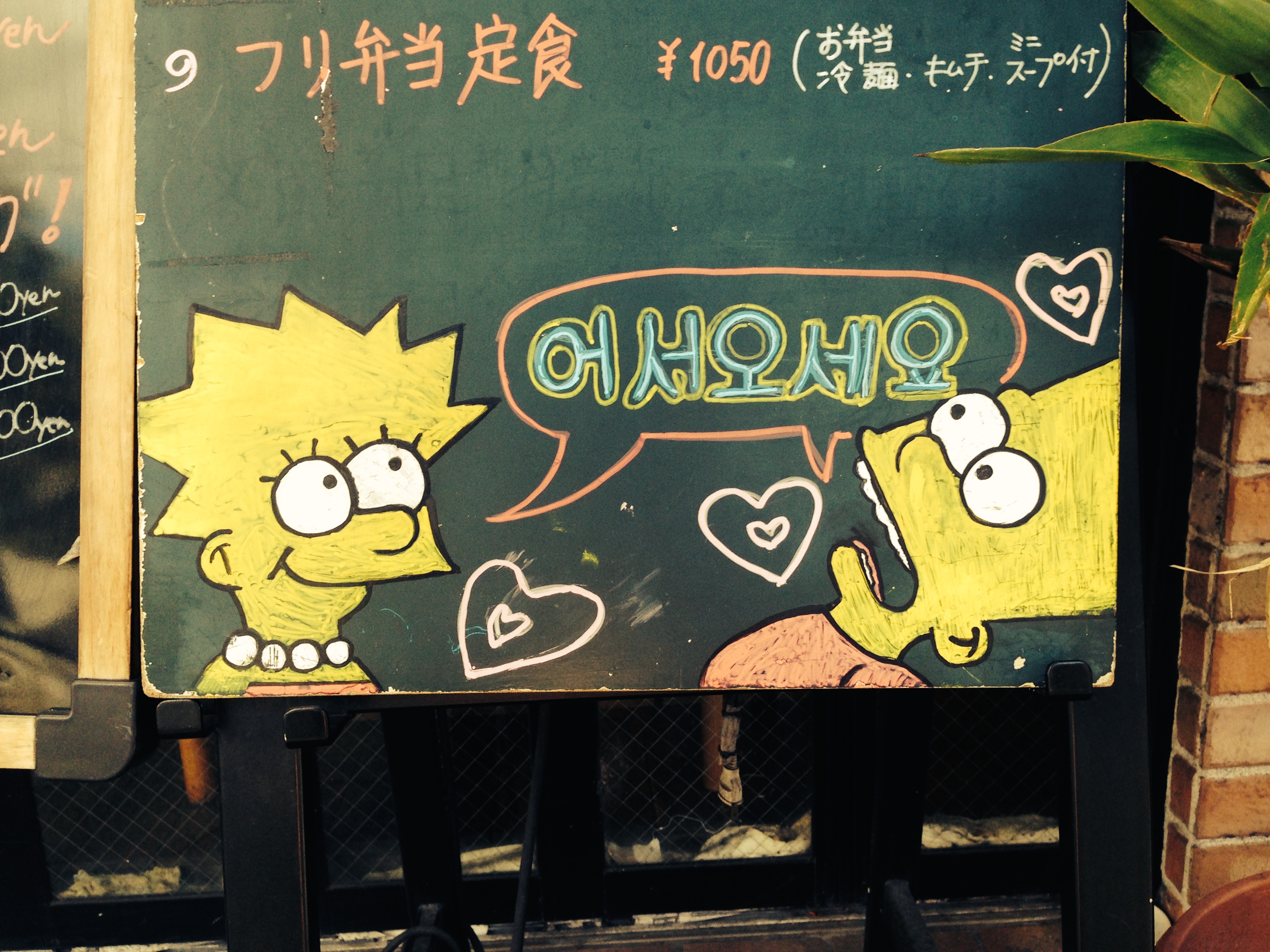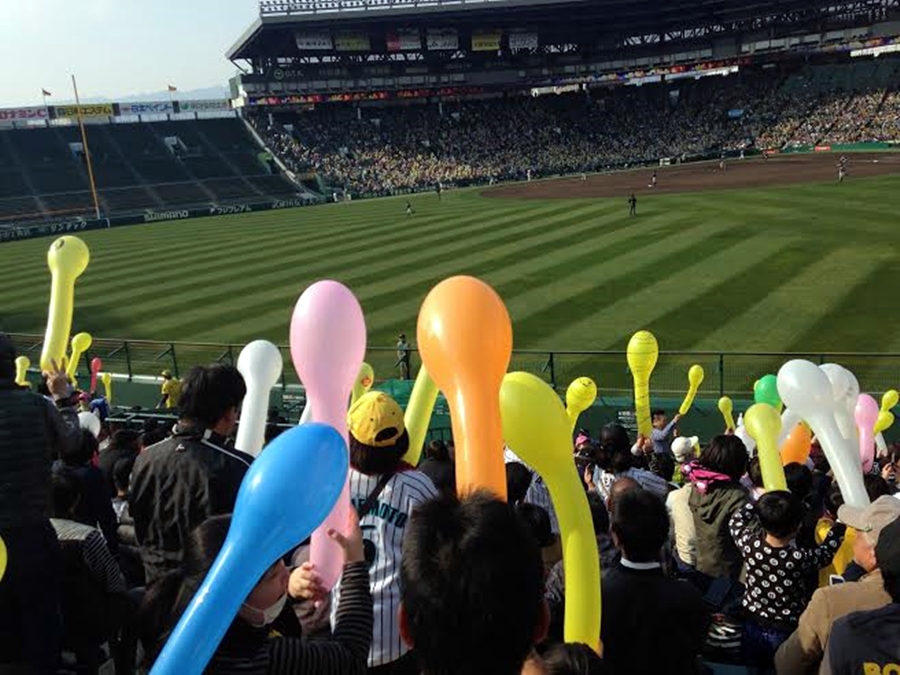Special Feature: A Beginner’s Guide to Anna Howard Shaw Day in Japan
With February upon us it is time to celebrate the birth of famous suffragette leader, Anna Howard Shaw, on Anna Howard Shaw Day, or, as some people like to call it, Valentine’s Day.
Like most Japanese appropriations of Western holidays, a sensation of “same same but different†permeates February 14 in the land of the rising sun. So ladies, don’t lose your cool when your significant other arrives home with an assortment of too-cute-to-be-edible confectionary items. And gentlemen, it’s probably not safe to assume that your bumbling Japanese and awkward gaijin-isms have endeared yourself to the local female community. More than anything, Valentine’s Day, like most traditions in Japan, is about mutual societal obligation and conformity.
Valentine’s Day
Introduced in Japan in 1936 by a confectionary company, Valentine’s Day was marketed as the day for women to gift chocolates to men as an expression of their love. That it was only for women to bear this burden is, apparently, the result of a mistranslation.
From these humble origins, the Japanese have again proved they do capitalism like no one else, successfully capturing the hitherto untapped Valentine’s market of sad singles by linking the gift of chocolate to a show of appreciation. On Valentine’s Day, Japanese women will often give cheaper, “Giri-choco†or “obligation chocolate†to men they work, or are friends with, in return for the good favour received. Less popular colleagues may receive the ultra-obligatory, cheapest, “Cho-giri-choco.â€
For that special someone, women will give “Honmei-choco,†or “true feeling chocolate†which is usually more expensive (or homemade) and accompanied by anther gift like a necktie. Understandably, surveys have shown that mistaking Giri-choco for Honmei-choco (or vice versa) is a main cause of many sad Valentine’s Days.
Women may also choose to give more expensive chocolate to their female friends, “Tomo-choco.†And don’t forget “Jibun-choco,” that is, chocolate for yourself.
Other gifts, such as cards, sweets, or flowers are less common. Indeed, the overriding popularity of chocolate is evident when you learn half of chocolate companies’ annual sales derive from this time.
White Day
For each action there is an equal and opposite reaction, and that is as true for Valentine’s Day as it is for physics. On March 14, it is time for us to celebrate “White Day,†wherein recipients of chocolates and gifts on Valentine’s Day are obliged to return the favour.
In 1977 a confectionary company devised a way to “redress the imbalance†(with the convenient side effect of boosting sales) by encouraging men to give marshmallows on “Marshmallow Day,†March 14, in return for any chocolate received. While this campaign was not entirely successful, in 1978 the Japanese Confectionery Industry Association successfully rallied to make March 14 “White Day” and another triumph of capitalism was born.
On White Day, men are expected to return gifts two or three times more valuable than that they received, whether this be chocolate (white, of course), jewellery, clothing, or underwear. In true Japanese tradition, despite the commercial origin, this obligation carries its own set of rules. If you return a present of equal value, this signals you are ending the relationship. Not giving anything at all, even with an appropriate excuse, indicates you feel yourself superior to such gestures.
But the lunancy doesn’t stop there…
Black Day
We can always rely on our neighbours to take it one step too far. In South Korea, those who received nothing on either Valentine’s Day or White Day mourn their singledom on “Black Dayâ€. April 14 is the day when sad singles flock to restaurants to eat black noodles (jajangmyeon), the Korean comfort food equivalent of hoeing into a large tub of ice cream.
Like Valentine’s Day in your own country, how you choose to acknowledge or ignore the day is your choice. More than anything, maybe Valentine’s Day in Japan is a reminder of our power to improve cultural understanding and communicative ability. Improve your students’ English too much and these funny cultural misappropriations will no longer occur. So put aside that lesson plan and load up the YouTube videos.
Kylie Pinder





